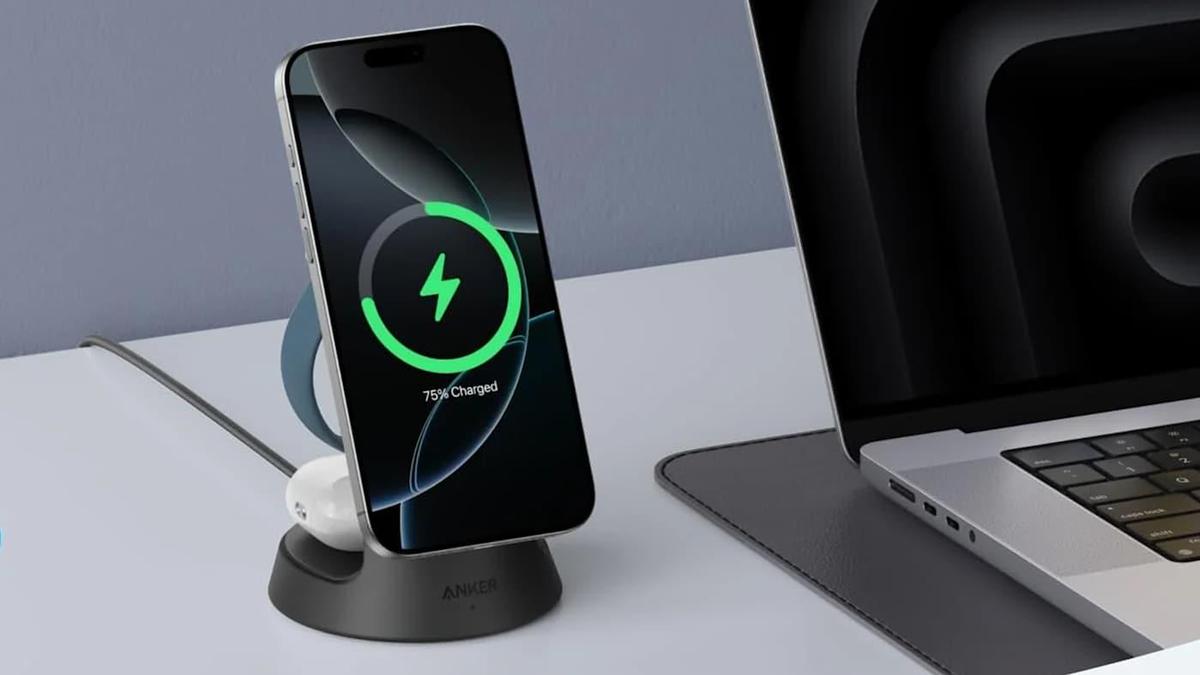Android 16: Enhanced Security Against Fake Cell Towers & Spying
Android 16: Fortifying Your Phone Against Surveillance Threats
In an increasingly interconnected world, our smartphones are both indispensable tools and potential vulnerabilities. Google is addressing these concerns head-on with Android 16, introducing robust security features designed to protect users from fake cell towers and potential spying threats. This update aims to mitigate risks associated with insecure mobile networks and unauthorized data collection.
The Growing Threat of Cell Site Simulators (Stingrays)
Cell site simulators, often referred to as Stingrays, mimic legitimate cell towers to trick nearby devices into connecting. Once a device is connected, these simulators can extract sensitive information, including location data and unique identifiers. The use of Stingrays by law enforcement and other agencies has raised privacy concerns, highlighting the need for enhanced mobile security.
Android 16’s Security Enhancements
Android 16 introduces several key features to combat these threats:
- Network Notifications: Users will receive alerts when their device connects to an unencrypted network or when a network requests their phone’s unique identifiers. This provides transparency and empowers users to make informed decisions about network connections.
- 2G Network Protection: A toggle to disable connections to older, less secure 2G networks. While 2G may offer broader coverage in some areas, its vulnerabilities make it a prime target for exploitation.
These features are part of Google’s ongoing commitment to user privacy and security in the Android ecosystem.
Hardware Dependency and the Pixel 10
It’s important to note that these advanced security features require specific hardware capabilities. As a result, they are unlikely to be available on current Android devices. The Pixel 10, expected to launch later this year, is anticipated to be among the first devices to support these enhancements. This highlights the interplay between software and hardware innovation in mobile security.
The Importance of Mobile Network Security
Mobile network security is crucial for protecting sensitive information and preventing unauthorized access. As our reliance on smartphones grows, so does the potential for exploitation. Android 16’s security features represent a significant step forward in addressing these challenges, providing users with greater control over their privacy and security.
Actionable Takeaway: Proactive Security Measures
While waiting for Android 16 and compatible devices, there are proactive steps you can take to enhance your mobile security:
- Use a VPN: A Virtual Private Network (VPN) encrypts your internet traffic, making it more difficult for attackers to intercept your data.
- Enable Two-Factor Authentication (2FA): 2FA adds an extra layer of security to your accounts, requiring a second verification method in addition to your password.
- Be Cautious of Public Wi-Fi: Avoid connecting to unsecured public Wi-Fi networks, as they can be easily compromised.
- Keep Your Software Updated: Regularly update your operating system and apps to patch security vulnerabilities.
By implementing these measures, you can significantly reduce your risk of falling victim to mobile security threats.
Expert Commentary (Simulated)
“Android 16’s focus on mobile network security is a welcome development,” says Dr. Evelyn Reed, a cybersecurity expert at the Institute for Technological Advancement. “The increasing sophistication of cell site simulators and other surveillance technologies necessitates proactive measures to protect user privacy. While hardware dependencies may limit initial adoption, this update sets a new standard for mobile security.”
The Future of Mobile Security
Android 16 represents a significant step towards a more secure mobile ecosystem. As technology evolves, ongoing innovation and collaboration between hardware and software developers will be essential to stay ahead of emerging threats. Future developments may include enhanced encryption protocols, advanced threat detection algorithms, and more granular control over data sharing permissions.
Frequently Asked Questions (FAQ)
Q: Will Android 16 be available on all Android devices? A: No, the new security features require specific hardware and will likely be available only on newer devices, starting perhaps with the Pixel 10.
Q: What is a cell site simulator (Stingray)? A: A cell site simulator is a device that mimics a legitimate cell tower to trick nearby devices into connecting to it, allowing the operator to intercept communications and collect data.
Q: What is 2G network protection? A: 2G network protection is a feature that allows you to disable connections to older, less secure 2G networks.
Q: How can I protect myself from fake cell towers? A: Use a VPN, enable two-factor authentication, be cautious of public Wi-Fi, and keep your software updated.
Q: Where can I find the network notification settings? A: Once Android 16 is installed on a compatible device, you should find the network notification settings in your device’s settings menu, under network & internet or a similar section.
Key Takeaways
- Android 16 introduces enhanced security features to protect against fake cell towers and spying threats.
- These features include network notifications and 2G network protection.
- The new security measures require specific hardware and are unlikely to be available on current Android devices.
- The Pixel 10 is expected to be among the first devices to support these enhancements.
- Proactive security measures, such as using a VPN and enabling two-factor authentication, can help mitigate risks.
By staying informed and taking proactive steps, users can enhance their mobile security and protect their privacy in an increasingly connected world. Android 16 is a significant step in the right direction, paving the way for a more secure and trustworthy mobile experience.
Source: Engadget




